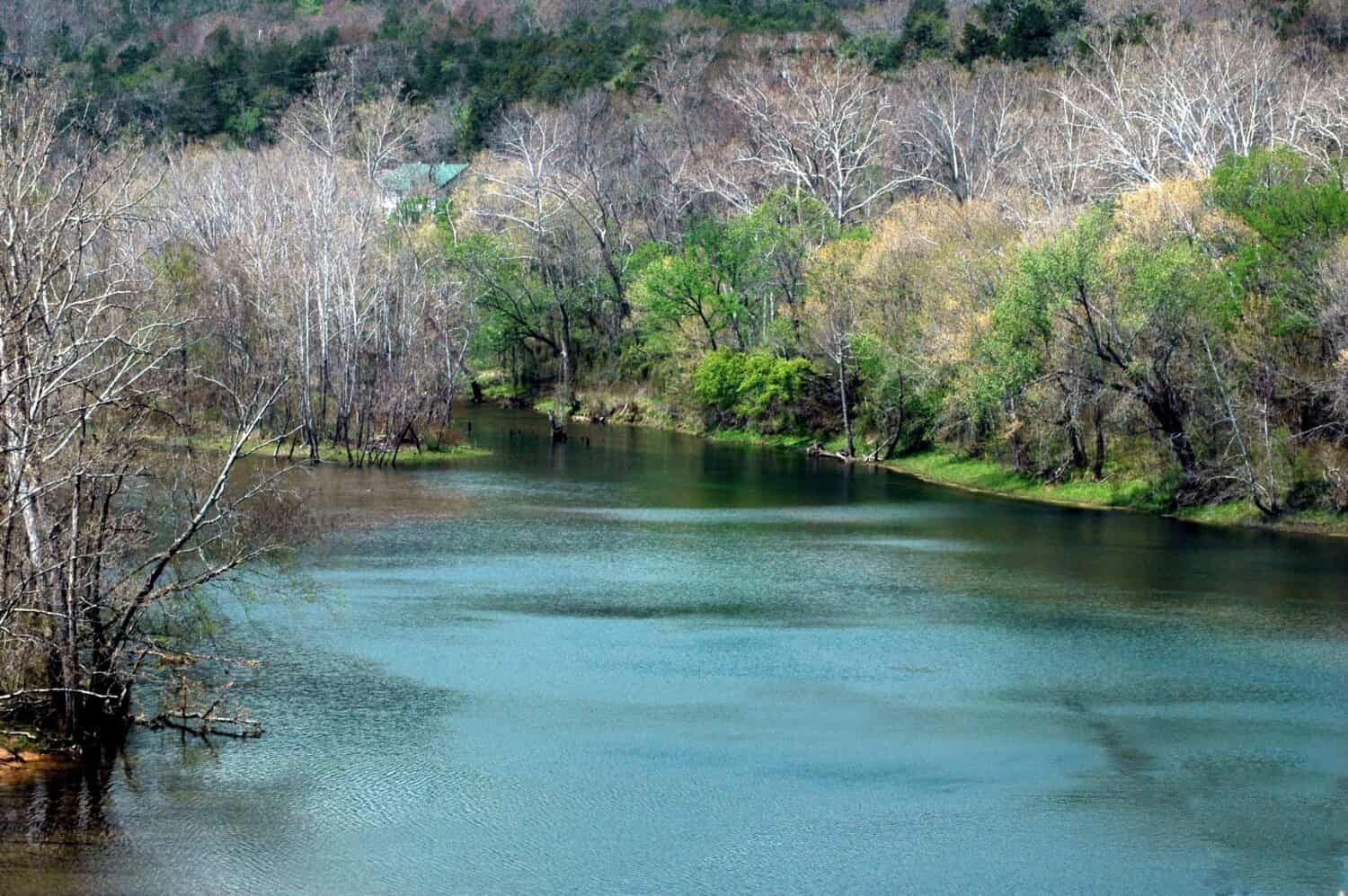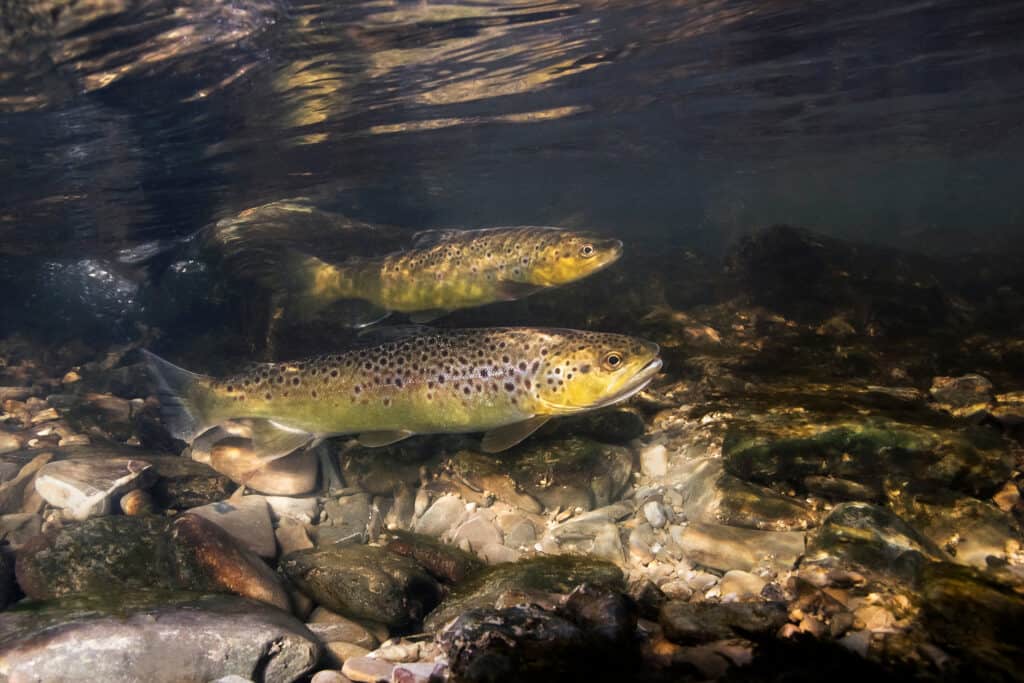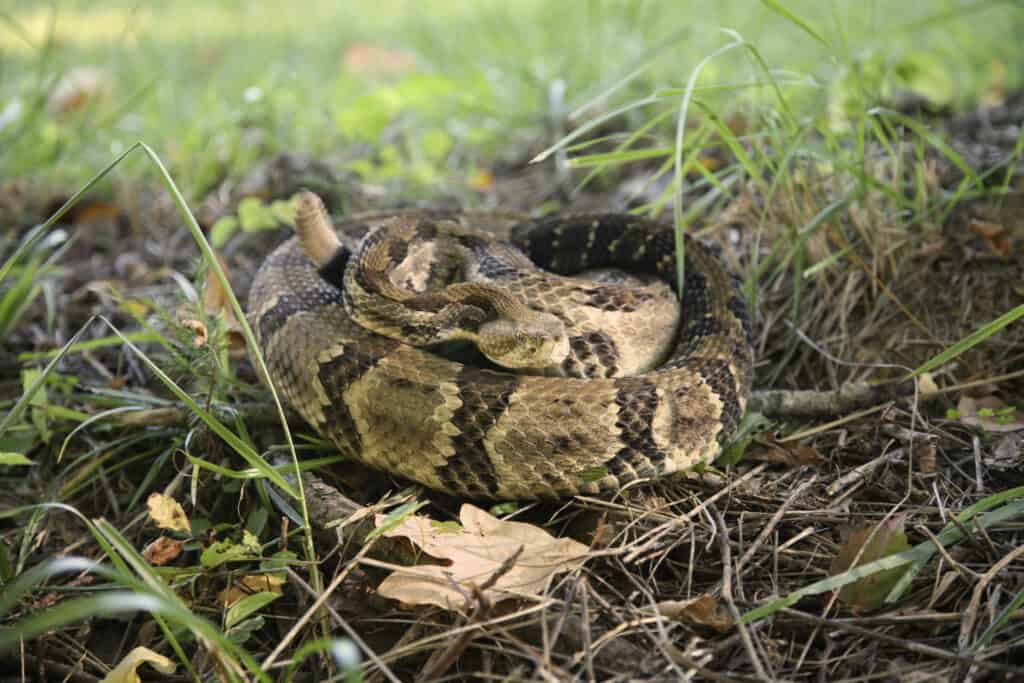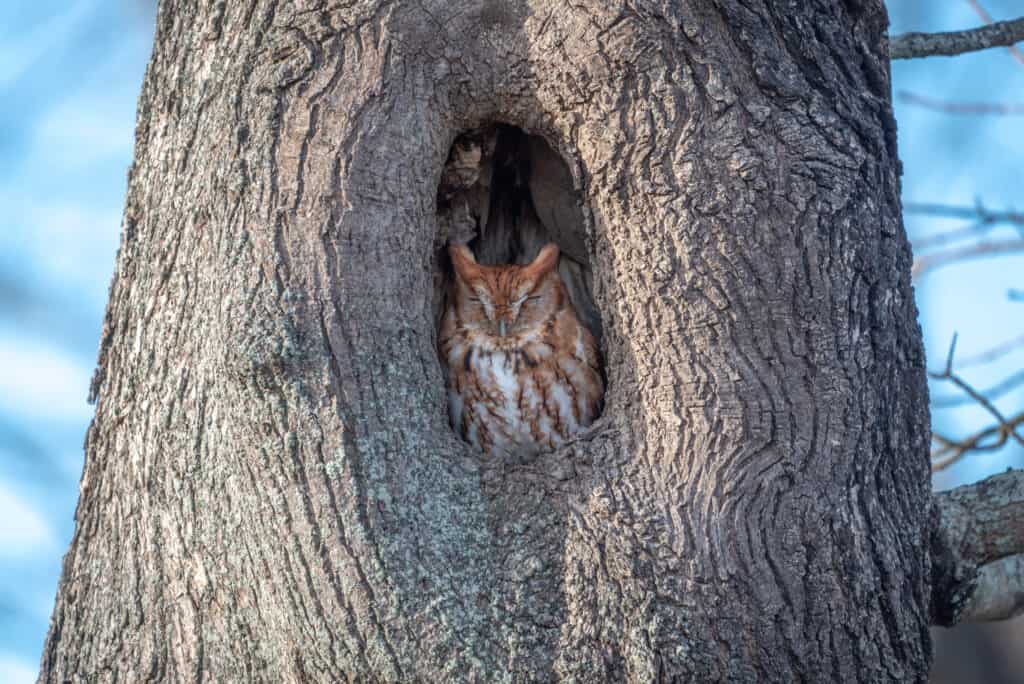Interested in the ecology and potential pollution hazards of the White River? This wild river supports a host of life, including its famed population of brown trout. If you’re planning a trip to this waterway, you may be wondering what’s in the White River and if it’s safe to swim in.
In this guide, we’ll provide an overview of the White River, discuss any pollution risks, explore some critters who call this river and its surrounding landscape home, and give our thoughts on possible safety risks of taking a dip.
Read on to learn more.
Overview of the White River
The White River is a 720-mile waterway that flows from the Boston Mountains in northwestern Arkansas, briefly northeast into southern Missouri, and then back into Arkansas where it finally empties into the Mississippi River. 90 of the 100 miles of the Southeasternmost portion of the White River flows through the Dale Bumpers White River Wildlife Refuge.
Climate and Geography
The White River traverses a range of climates and landscapes as it snakes throughout the rugged Ozarks, across soft hills, and into the southeast flatlands of the Arkansas Delta region. Where the river meets the Arkansas Delta region, which encompasses the wildlife refuge, the landscape
In the Ozarks, the White River can be quite cold. The coldest area occurs near Beaver Lake, where the river’s average temperature is 52-55 degrees year-round. Around Calico Rock, the water temperature averages about 62-65 degrees during the summer months. As the river travels further southeast, toward the Mississippi River, the temperature can warm to about 70 degrees in the summer.

The White River crosses through the Ozark Mountains, soft hilly landscapes, and into the Arkansas Delta.
©Kathleen Struckle/Shutterstock.com
What’s in Arkansas’s White River: Pollution Threats
According to data from the Arkansas Natural Resources Division, increased nitrogen and phosphorus pollution is affecting the White River and the larger White River watershed. The numbers have been increasing over the past decade, raising concerns for drinking water quality and the health of wildlife that depend on this waterway.
Overall, the mining, construction, and agricultural industries are contributing to pollution concerns on a river that has been considered by some environmental activists to be heavily polluted for over a century. According to the Friends of the North Fork and White Rivers, phosphorus pollution is especially elevated where the White River meets the agricultural-dominant landscape of the Arkansas Delta. Excess phosphorus is a main source of algae blooms, which decreases oxygen levels in the water and can produce algal toxins harmful to the health of humans and other animals.
What’s in Arkansas’s White River: Wildlife
A plethora of wildlife live in and around the White River. Below, we’ll talk about some of these amazing critters and mention a couple of animals to be cautious and mindful of if you recreate on this waterway.
American Black Bear (Ursus americanus)
The White River is a source of fresh water and a prime hunting ground for many of the American black bear (Ursus americanus) population residing in Arkansas. In the 1920s, rampant hunting and deforestation resulted in a mere 25 bears existing throughout the entire state of Arkansas. Starting in the late 1950s, an intensive repopulation and conservation effort began. Due to these efforts, there are currently around 3,000 black bears living amongst the forests and meadows of the state. Thankfully, this number represents a stabilizing population.
Today, these omnivores munch on the plants and berries growing along the banks of the White River and hunt for fish such as trout, walleye, and bass. The most likely time to see a black bear along the banks or wading in the waters of the White River is from April to October, especially at dawn and dusk. From mid-December through mid-March, male black bears bed down in their dens in a semi-hibernation state called ursid hibernation or denning. Female black bears tend to ursid hibernate longer, especially if they give birth to cubs in their dens, from late November through mid-April.

If you’re lucky, you may spot a black bear hunting for fish in the White River. Just make sure to stay back at least 300 feet if you do come across them.
©Mark Caunt/Shutterstock.com
Brown Trout (Salmo trutta)
One of the biggest claims to fame for the White River is its robust population of brown trout (Salmo trutta). Anglers travel across the country to spin and fly fish for these world record-weighing brown trout. Some brown trout in the White River grow to about 40 pounds! The Arkansas Game and Fish Commission released into the White River populations of brown trout, along with rainbow, cutthroat, and brook trout, in the late 1950s. This fish is a Eurasian species naturalized in many freshwater bodies in the U.S.
These coppery, speckled fish eat a variety of aquatic and terrestrial insects, crayfish, and smaller fish. Typically, brown trout under 12 inches primarily eat insects. Mature individuals over 12 inches in length tend to expand their diet to include fish, crayfish, and occasionally mollusks, salamanders, and frogs.
The population of brown trout in the White River often enjoys above-average lifespans. Some individuals in this river can reach 10 years of age. The typical average is closer to a 5-year lifespan.

The White River is famous for its healthy, robust population of brown trout. In this river, you may find trout weighing up to 40 pounds!
©Rostislav Stefanek/Shutterstock.com
Timber Rattlesnake (Crotalus horridus)
The timber rattlesnake (Crotalus horridus) exists across a range of habitats throughout Arkansas. Their range includes along the banks and in the waters of the White River. One of the largest rattlesnakes in North America, the timber rattlesnake can grow up to 6 feet long. Although, most individuals reach 2.5-5 feet in length. The adaptable timber rattler lives in several habitats including conifer and hardwood forests, rocky outcrops, swampy regions, along river banks, and among cane thickets.
This rattlesnake is a skilled swimmer. You could spot one gliding through the water or nestled along the banks of the White River. They are most active in this region from April through October. During hot weather, they prefer to hunt and travel at night.
Although these snakes are highly venomous, they are quite shy and would much rather avoid a confrontation with a human. The vast majority of bites from timber rattlesnakes result from accidentally stepping on them or far too close to them or from direct harassment.

Timber rattlesnakes are strong swimmers and may glide across the water in pursuit of prey.
©iStock.com/NajaShots
Eastern Screech Owl (Megascops asio)
A permanent resident throughout the state of Arkansas, the small eastern screech owl prefers woodland habitats dotted with open clearing, meadows, and wetlands for hunting. You’re most likely to see this owl along the White River where it is bordered by healthy woodlands. There, the owl can nest among the trees and hunt. Their diet includes small rodents, large insects, small birds, invertebrates, crayfish, and small reptiles.
The adorably small eastern screech owl grows to about 6-10 inches in length with a wingspan of about 20-24 inches. The females are typically larger than the males. Like other owls, they hunt mostly at night and remain active from dusk to dawn. These birds produce an even-pitched, soft trill and a shrill, descending whinny.

You might spot an eastern screech owl nesting in a tree cavity along the banks of the White River.
©Kathryn Bedard/Shutterstock.com
What’s in Arkansas’s White River: Is It Safe to Swim?
In terms of critters to be cautious of, you’ll likely want to be the most cautious recreating along the delta, swampy region of the White River. Moreso than animals, one of the biggest threats to your safety in this river is likely the pollution risks. Your best bet is to avoid any areas with large algae blooms. These areas can contain harmful levels of algal toxins that can harm wildlife, people, and pets.
The photo featured at the top of this post is © Jennifer White Maxwell/Shutterstock.com
Thank you for reading! Have some feedback for us? Contact the AZ Animals editorial team.







